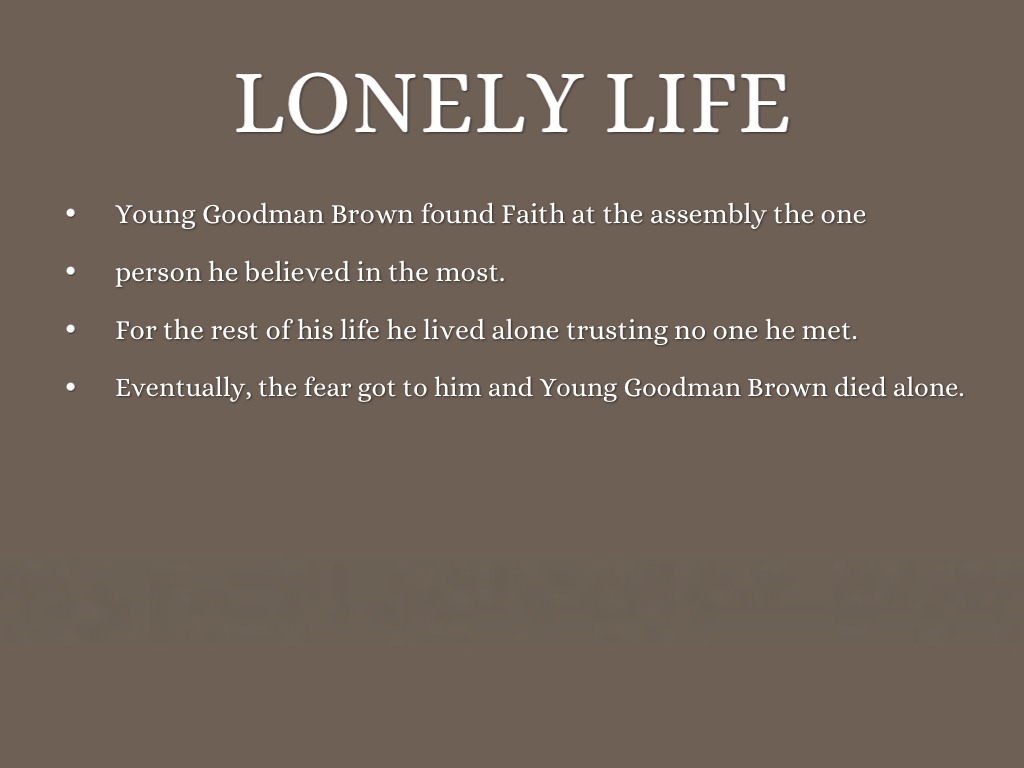Dry begging is a term that has gained traction in recent years, particularly in discussions surrounding social support systems and community welfare. It refers to the act of seeking help or assistance without explicitly asking for it, often leaving those in need feeling vulnerable and isolated. In this article, we will delve into the nuances of dry begging, its implications, and how it affects individuals and communities.
In today’s fast-paced world, many individuals struggle silently with their needs, whether financial, emotional, or social. The stigma surrounding asking for help can often prevent them from reaching out directly. This article aims to provide an in-depth understanding of dry begging, exploring its causes, effects, and potential solutions that can foster a more supportive environment for those in need.
By examining the psychological and societal factors that contribute to dry begging, we hope to illuminate the importance of empathy and understanding in addressing this often-overlooked issue. Join us as we explore the landscape of dry begging and the ways in which we can better support our communities.
Table of Contents
- What is Dry Begging?
- The Psychology Behind Dry Begging
- Impact on Individuals
- Impact on Communities
- Recognizing Dry Begging
- Supporting Those in Need
- Creating a Supportive Environment
- Conclusion
What is Dry Begging?
Dry begging can be characterized as the subtle, indirect plea for assistance that often lacks the distinct verbal request for help. Instead of outright asking for support, individuals may convey their struggles through body language, hints, or passive statements. This phenomenon can stem from various factors, including cultural conditioning, fear of judgment, and a desire for independence.
Characteristics of Dry Begging
- Indirect communication of needs
- Subtle hints or suggestions
- Body language that suggests distress
- A reluctance to ask for help outright
The Psychology Behind Dry Begging
Understanding the psychological factors that contribute to dry begging is essential for addressing the issue. Many individuals may feel ashamed or embarrassed about their circumstances, leading them to avoid direct requests for help.
Fear of Judgment
One of the primary reasons people engage in dry begging is the fear of being judged by others. The societal stigma surrounding financial instability or emotional struggles can make individuals reluctant to openly express their needs.
Cultural Conditioning
Cultural backgrounds play a significant role in how individuals perceive asking for help. In some cultures, independence is highly valued, and seeking assistance may be seen as a sign of weakness. This conditioning can lead to individuals resorting to dry begging instead of asking for help directly.
Impact on Individuals
Dry begging can have various impacts on individuals, both psychologically and emotionally. Those who engage in dry begging may experience feelings of isolation, frustration, and helplessness.
Emotional Toll
- Increased feelings of loneliness
- Heightened anxiety and stress
- Frustration from unmet needs
Social Isolation
When individuals feel unable to express their needs, they may withdraw from social situations, leading to further isolation and a lack of support.
Impact on Communities
Dry begging is not just an individual issue; it can also have broader implications for communities. When individuals struggle in silence, communities may miss valuable opportunities for connection and support.
Strain on Resources
Communities may experience increased strain on social services and resources when individuals do not feel comfortable seeking help. This can lead to a cycle of unaddressed needs that perpetuates hardship.
Decreased Community Cohesion
- Lack of trust among community members
- Decreased willingness to offer support
- Increased stigma surrounding assistance
Recognizing Dry Begging
Recognizing the signs of dry begging is crucial for offering effective support. Being aware of subtle cues can help friends, family, and community members provide assistance to those in need.
Common Signs
- Change in behavior or demeanor
- Frequent mentions of struggles without direct requests
- Body language that indicates distress
Supporting Those in Need
Offering support to individuals who may be dry begging requires a thoughtful approach. Here are some strategies for providing assistance effectively.
Open Communication
Encouraging open communication can help individuals feel more comfortable expressing their needs. Creating a safe space for dialogue can foster trust and understanding.
Be Proactive
- Offer help without being asked
- Check in regularly with those who may be struggling
- Provide resources or information that may be beneficial
Creating a Supportive Environment
Fostering a supportive environment within communities can help reduce the prevalence of dry begging. Here are some ways to create a more inclusive and understanding atmosphere.
Encourage Empathy
Promoting empathy and understanding in communities can help reduce the stigma surrounding asking for help. Educational initiatives and awareness campaigns can play a significant role in this effort.
Build Community Connections
- Organize community events to strengthen bonds
- Encourage collaboration among community members
- Provide resources for mutual support
Conclusion
In summary, dry begging is a complex issue that impacts individuals and communities alike. Understanding its causes and effects is essential for fostering a more supportive environment. By encouraging open communication and empathy, we can help break the cycle of silent suffering and create a community where everyone feels comfortable seeking the help they need.
We encourage readers to reflect on their own communities and consider how they can contribute to a more supportive environment. Share your thoughts in the comments below, and feel free to share this article with others who may find it helpful.
Thank you for taking the time to read this article. We hope to see you back here for more insightful discussions and valuable resources.




